Equipe d’Accueil : Innovative Cancer Treatments
Intitulé de l’Unité : NABI (NAnomédecine, Biologie extracellulaire, Intégratome et Innovations en Santé), CNRS UMR 8175, INSERM U1334, Université Paris Cité
Nom du Responsable de l’Unité : Florence Gazeau
Nom du Responsable de l’Équipe : Laura Fouassier
Adresse : 45 rue des Saints-Pères, 75006 Paris, France
Responsable de l’encadrement : Laura Fouassier
Tél : 06 98 77 40 01 Fax : ……………………… E-mail: laura.fouassier@inserm.fr
Résumé du projet (environ une demi-page)
Hepatocellular carcinoma and cholangiocarcinoma (CCA) are the two main types of liver cancer. CCA, a rare tumor of the biliary epithelium, is characterized by a fibrous and stiff tumor microenvironment and has a very poor prognosis. Surgical resection, which is the only potentially curative treatment for CCA, is possible in only 20% of patients. Chemotherapy combined with immunotherapy is available but has extremely limited efficacy. Drug resistance may be explained by the presence of a tumor microenvironment specific to CCA. Indeed, the extracellular matrix (ECM), produced by cancer-associated fibroblasts (CAFs), is abundant and altered. The ECM in CCA may limit antitumor immune surveillance and reduce treatment efficacy, notably by contributing to the exclusion of antitumor immune cells.
The proposed project aims to:
- Study the interactions between CAFs, the ECM, and immune cells. Particular attention will be paid to extracellular vesicles, which represent a major mode of intercellular communication in cancer;
- Develop new local therapeutic strategies to normalize the tumor microenvironment and enhance antitumor immune surveillance in order to improve the efficacy of immunotherapies.
To achieve the project’s objectives, the laboratory has access to preclinical models of human and murine CCA (spheroids, organoids, etc.). In addition, the lab benefits from a strong network of clinicians, surgeons, pathologists, and biologists, enabling access to human tissue samples essential for the successful conduct of the project. Finally, the laboratory has established collaborations at the interface of biology and physics, allowing the development of innovative local therapeutic strategies. We also employ a wide range of methodologies, including molecular biology techniques (RT-qPCR, Omics) and cell biology techniques (immunofluorescence, real-time video imaging, flow cytometry).
Dernières Publications en lien avec le projet :
- Cancer-Associated Fibroblasts and Extracellular Matrix: Therapeutical Strategies for Modulating the Cholangiocarcinoma Microenvironment. Minini M, Fouassier L. Current Oncology 2023 https://doi.org/10.3390/curroncol30040319
- Criteria for preclinical models of cholangiocarcinoma: scientific and medical relevance. Calvisi DF,… Fouassier L; CCA Model Consortium. Nat Rev Gastroenterol Hepatol. 2023 https://doi.org/10.1038/s41575-022-00739-y
- Zinc Finger E-Box Binding Homeobox 1 Promotes Cholangiocarcinoma Progression Through Tumor Dedifferentiation and Tumor-Stroma Paracrine Signaling. Lobe C, Vallette M, Arbelaiz A, Gonzalez-Sanchez E, Izquierdo L, Pellat A, Guedj N, Louis C, Paradis V, Banales JM, Coulouarn C, Housset C, Vaquero J, Fouassier L. 2021 https://doi.org/10.1002/hep.32069
Ce projet s’inscritdans la perspective d’une thèse
Type de financement prévu : ministère
Ecole Doctorale de rattachement : Ed561 (HOB)

